Marvel NOW and the ‘New’ 52: Applying a bit of perspective
Marvel NOW and the New 52 have comic book fans talking again. Readership is up, if only slightly, and fans are as excited as ever for new stories and the reinvented characters. The problem is, for every excited fan there is another that feels angry. Fans are angry at a perceived betrayal by Marvel and DC that these changes signal. The feelings of betrayal are understandable, despite these characters belonging to the publishers in every legal sense; the fan community feels that they are the owners of the characters. To fans, the artists and writers are merely temporary custodians.
This feeling of ownership is not unreasonable given that most of the characters are older than the audience. I’m on the upper end of the comic fan age scale, and with only a few exceptions, there has never been a point in my life where certain characters did not exist. I was born into a world that had Superman, Batman, and Spider-man already well established. In much the same way that someone hitting the age of 20 now has never known a world without CD’s, my world has always had all the great super heroes. It is not surprising that most fans feel protective of their heroes.
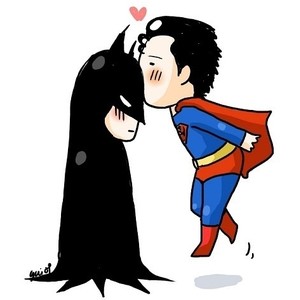
When the New 52 was first announced (can I stop calling it ‘new’ yet?), the fans were NOT thrilled. “52 new jumping off points!” was something I heard at my local comic shop quite a lot. But a little over a year in things seem to have become, if not accepted, at least tolerated.
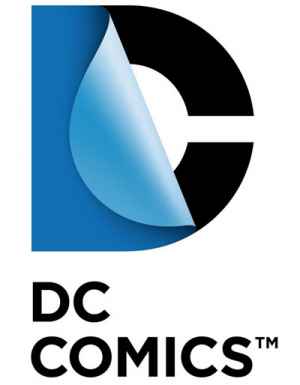
Reboots both major and minor are not new to the comics industry. Before I continue I should clarify something about Marvel NOW, it is not a reboot. It is a major shifting of creative teams and a shuffling of some of the core characters but ultimately it is no more than re-branding. The stories and characters are coming out of the previous story lines. There is nothing here that could be called a reboot.
There have been many situations where a company’s continuity needed to be revised. Marvel has had to abandon bits of its history due to licensing reasons. For example, ROM and The Micronauts no longer exist in Marvel despite being series that sold well and spawned a fair number of popular characters. Beyond that, Marvel has generally avoided huge reboots deciding instead to cram the schedule with ‘events’ to make smaller changes more often.
While Marvel’s changes have usually been subtle, DC has done major overhauls of its’ universe. Many DC characters have been written out or just forgotten about over the years. Remember Catwoman’s daughter? No? Good. Never happened. Really. Even before the New 52 reboot, DC made several attempts to correct continuity problems. Odd things like the baby that came out of One Year Later is just one example.
Every major and minor DC event crossover was an attempt to revise some part of continuity DC no longer wished to acknowledge.
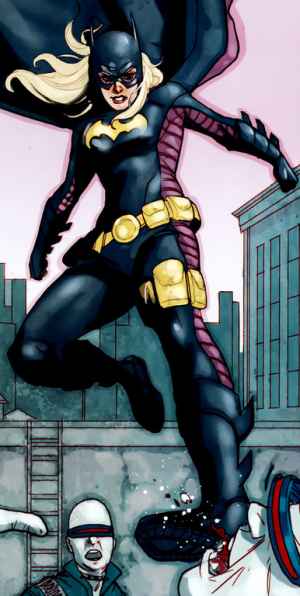
For more history lessons (fun ones!), go to the next page.
 THE crossover event was the original Crisis on Infinite Earths. This was a colossal series for its time and was just as polarizing then as the New 52 is now. The 12 issue crossover event gutted the DC universe, excising everything that DC editorial did not want to deal with. The Justice Society, Supergirl, the Barry Allen Flash, Wonder Woman of Earth 1 and most of the major Earth 2 characters fell before the mighty continuity ax. Many fans hated it at first but were quickly won over by the better stories that were told as a result. The biggest winner was the Superman family of books. With the revised continuity paving the way for major retcons of all the titles, things worked well and sales soared.
THE crossover event was the original Crisis on Infinite Earths. This was a colossal series for its time and was just as polarizing then as the New 52 is now. The 12 issue crossover event gutted the DC universe, excising everything that DC editorial did not want to deal with. The Justice Society, Supergirl, the Barry Allen Flash, Wonder Woman of Earth 1 and most of the major Earth 2 characters fell before the mighty continuity ax. Many fans hated it at first but were quickly won over by the better stories that were told as a result. The biggest winner was the Superman family of books. With the revised continuity paving the way for major retcons of all the titles, things worked well and sales soared.
But as with every major continuity cleanup, a cleanup to clean up the mess made by the first cleanup was needed. And so following after lots of other small crossovers, along came Zero Hour.
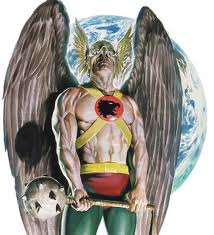
And Zero-Hour begat Final Night which was followed shortly by Identity Crisis…

Which begat Infinite Crisis…
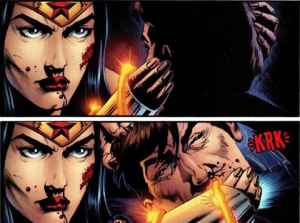
Which begat 52 (I can’t take it! First they kill Sue, then Ralph! I need something happy!)…
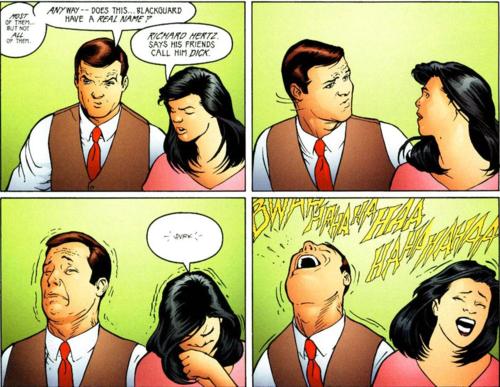
Which begat One Year Later, which begat Final Crisis, which begat Blackest Night, then someone flipped a light switch to Brightest Day, and then Flashpoint which led into the New 52 (all these begats are like the Bible!).
So everything new is old and everything old is new again. Some of these crossovers and ‘events’ were good, some not so much. They have all succeeded in doing what they were intended to do, which is drive sales. Some of them led to great new stories, others to quickly cancelled series. Bottom line is, give the folks a break! In most of these cases, the industry is just giving fans what they’ve asked for. Sometimes not in quite the way the fans want, but at least the industry is trying.
What do you think? Leave a comment.

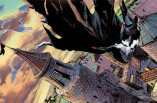

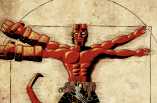

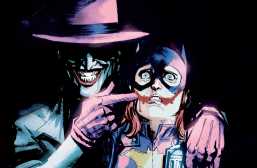
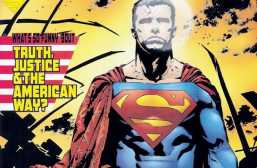
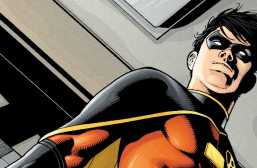
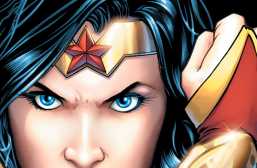
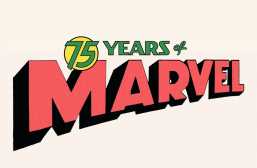
I was expecting an analysis of Marvel NOW! Half of this was an analysis of the DC Universe reboot/crossovers. Toward the end everything somewhat tied together, but I think a more thorough analysis would have been needed in order to make the article top-tier, with a particular focus on Marvel and Marvel NOW!
By the way…first.